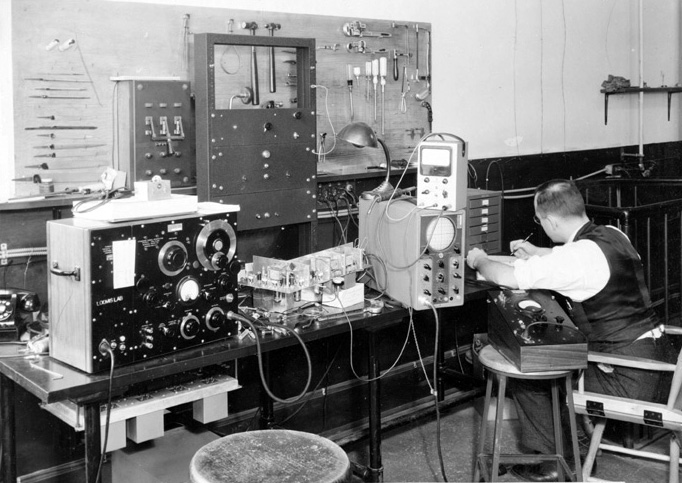Jerrold Zacharias (1905-1986) was an American physicist who became the Director of the Laboratory for Nuclear Science and Engineering at MIT.
After years of assisting the research of I.I. Rabi at Columbia University, Zacharias began work on the war effort at the MIT Radiological Laboratory. There he did groundbreaking research on microwave radar. This endeared him to Manhattan Project officials, who appointed him as the leader of the Ordinance Engineering Division at Los Alamos for a few short months near the end of the war.
His work with atomic armaments continued after the war. He was the Director of the Laboratory for Nuclear Science and Engineering until 1955. During that period he also served as the Deputy Director of the Atomic Energy Commission’s Lexington Project, which studied the potential for nuclear-powered aircraft.
During J. Robert Oppenheimer’s security clearance trial, Zacharias was implicated with Oppenheimer as part of the fictional “ZORC” cabal that was alleged to have subverted the United States Air Force.





